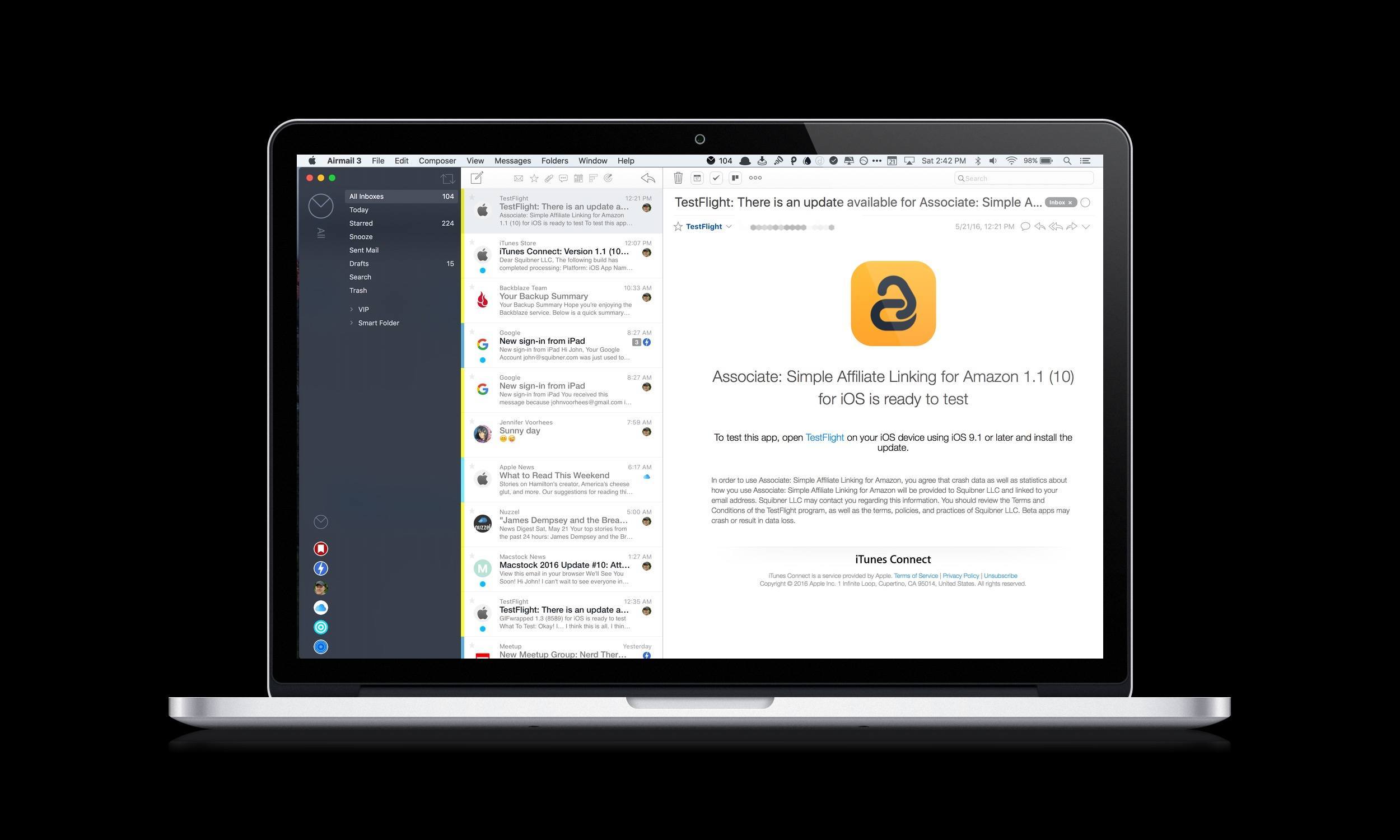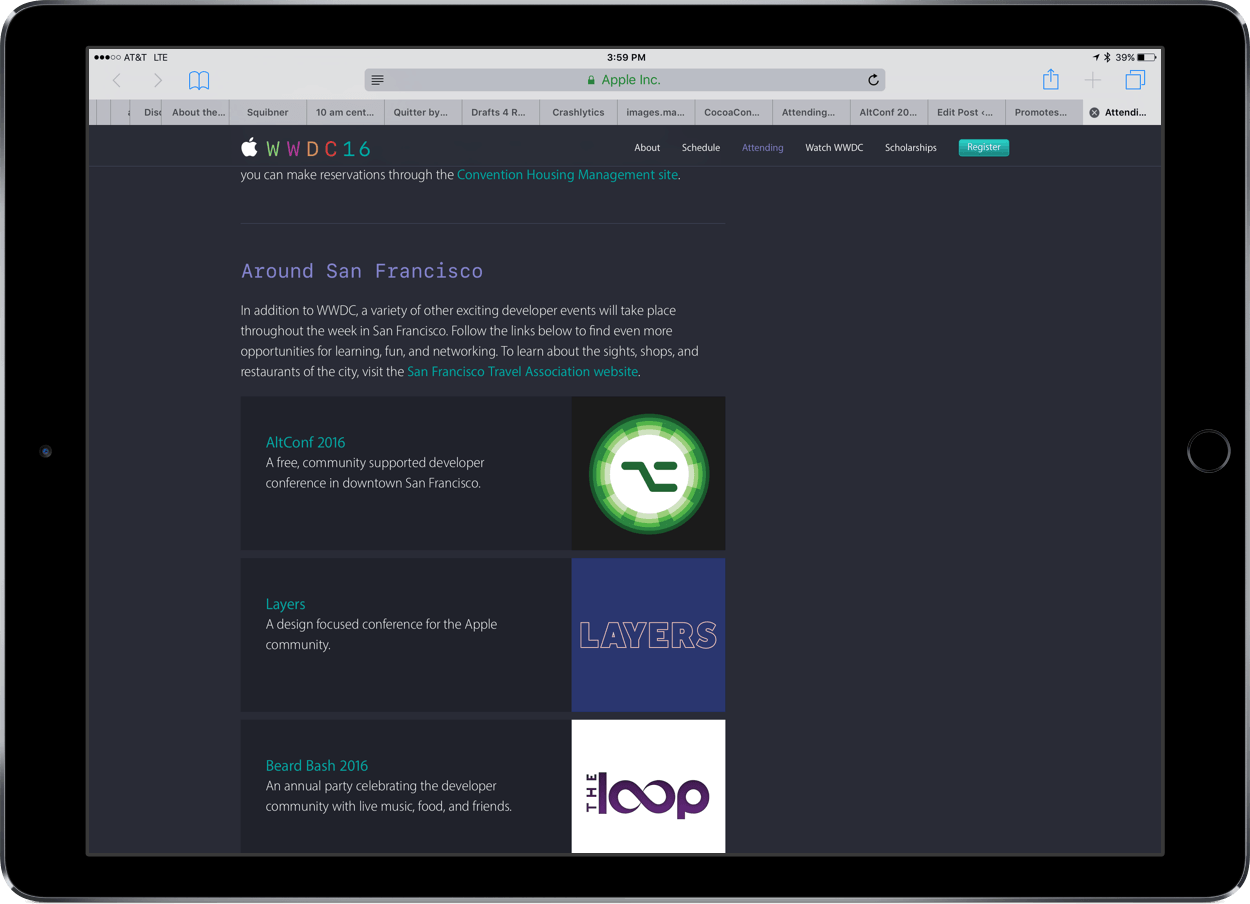Twitter announced some big changes today that are designed to encourage conversations and media sharing. The 140 character limit of a tweet becomes a more significant constraint as you add more ‘@names’ to a conversation or attach media to a tweet. The changes announced by Twitter, which go a long way toward addressing those constraints, will be rolled out over the coming months in Twitter’s own app and will be available to third-party Twitter clients.
Replies
Large group conversations on Twitter are hard. The more people you add to a thread, the fewer characters you have left to communicate with the group. With the upcoming change to replies, ’@names’ of up to 50 people will no longer count toward the 140-character limit of a tweet. The tweet will still be seen only in the timelines of the people @replied, but eliminating ‘@names’ from the character count should facilitate conversations among more people. I am happy to see this change overall, but I wonder whether Twitter has gone too far by allowing up to 50 ‘@names’ in a single tweet.
The change to ‘@names’ will also eliminate the quandary about what to do when you want to start a tweet with someone’s ‘@name’ that is not a reply. With the changes announced, these tweets will be treated like any other tweet and be visible to all of your followers, eliminating the need to use the convention of a period before an ‘@name’ to ensure that everyone who follows you sees the tweet.
Media
When Twitter rolls out the changes announced, photos, videos, and GIFs will not count against the 140 character limit of a tweet, which should encourage the use of more media in tweets. The existing limits of four photos, or one video or GIF per tweet still apply. Links that are pasted into a tweet and not generated by attaching media will also still count against the 140-character limit.
Retweets
Finally, Twitter announced that you will be able to retweet your own tweets. Though this struck me as strange at first, it eliminates the need for things like the ubiquitous ‘ICYM’ tweets and will allow you to share an @reply, which would normally only be visible to its recipients, with all your followers.





